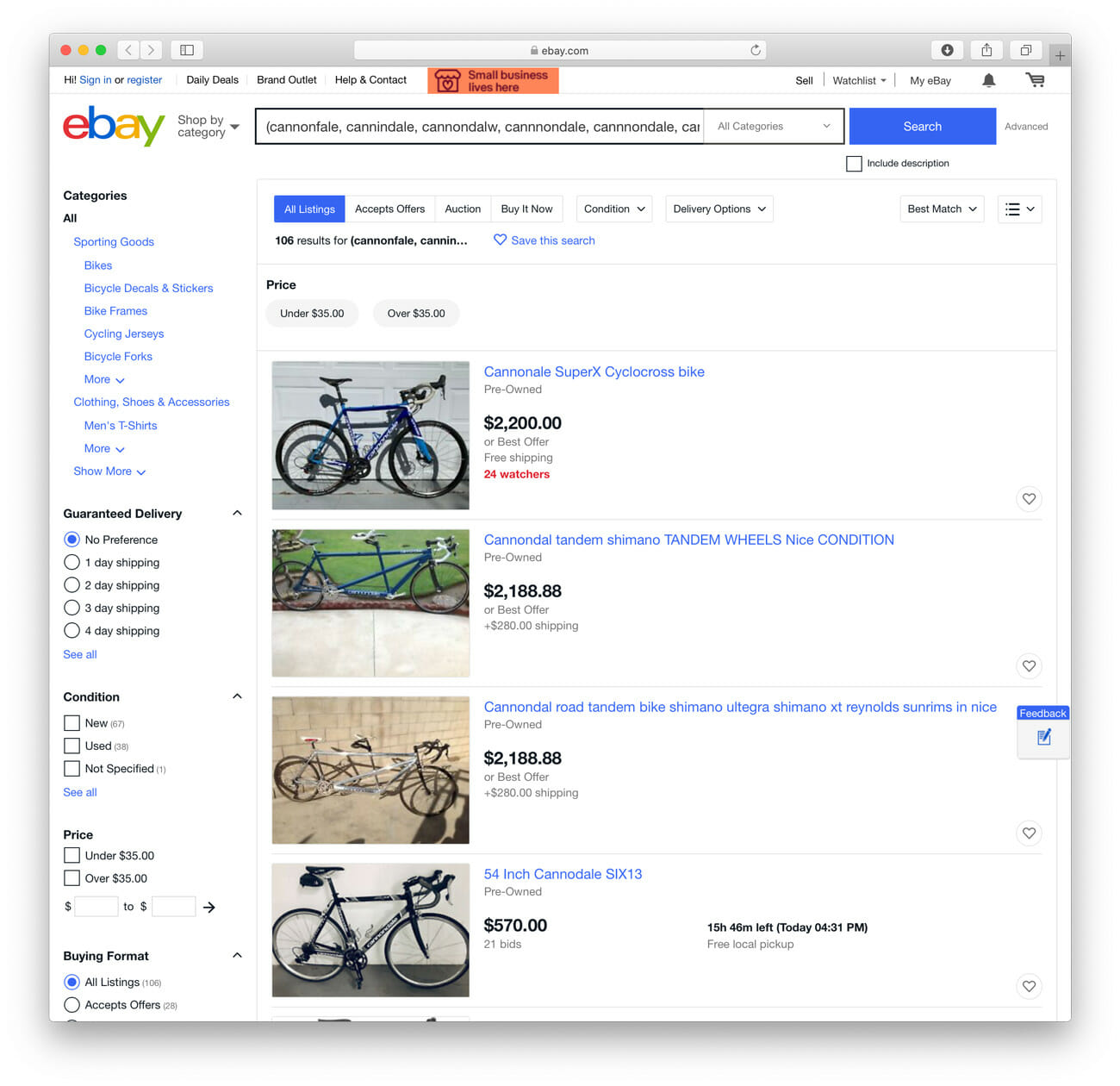Meditation has been around for thousands of years, but in the past few years, its popularity has skyrocketed — mostly due to its far-reaching benefits. Meditation is basically like the gym for your mind. Athletes like LeBron James and Stephen Curry turn to meditation to help them find their focus and excel at their jobs. Mindfulness and meditation isn’t all woo-woo, studies have shown that meditation helps you come up with more creative ideas and improves your sleep — helping you to attack issues that need addressing as opposed to running in circles trying to put out a million fires. It also has been shown to increase your self-awareness, which allows you to take a step back from anything negative and look at a situation objectively. Long story short, it’s the five-minute a day habit that might just help you eek out that personal best in the 5K as well as help you get ahead in the boardroom.
If meditation sounds too “new age” to you, Jesse Israel, the founder of The Big Quiet, gets it. Israel hasn’t always been an avid meditator (twice a day for those who wonder), but found himself Googling the term back when he graduated college. “I was running a record label and managing the band MGMT when I was in my early 20s. I was experiencing pretty debilitating anxiety and having panic attacks,” Israel shares. As a young guy living in New York City, he started looking around to see what he could do to better manage the mental and emotional challenges that his day to day life caused. To better understand the practice, Israel went all in — he took classes at Shambala for about nine months before discovering a mantra form of meditation that he enjoyed more.
In an attempt to let other people in on the secret, and bring meditation into the more mainstream, he founded Medi Clubs, intimate groups where the attendees share in meditation practice, and then in 2015, launched The Big Quiet. It’s pretty much just what it sounds like, but not as quiet. “It brings thousands of people together for mass meditations and rare performances at some of the most iconic places in the world,” Israel says. “I usually highlight Madison Square Garden, the top of the World Trade Center and under the blue whale at the Museum of Natural History. It’s really important for us to create accessible ways of experiencing meditation and doing it in ways that actually feel relatable, exciting and social.” The Big Quiet wants to attract the people that meditate every day as much as it does the people who turn their nose up at the first sign of humming in tandem. “We never push meditation onto people. It’s always, ‘This is something we’re doing and if you want to come be a part of it, we’d love to have you.’”
In light of the New Year and the renewal that comes with that, we chatted with Israel about easy ways to get started, the gear you need and why he thinks it’s the key to help you get ahead in your career.
Let go of what you think mediation looks like.
“I really encourage people to let go of the expectations that they may have around what meditation is and how they do it,” Israel says. “What I see so often is people go, ‘I can’t meditate. My mind runs and races too much.’ And I always remind people that all of our brains do that.” There are many different approaches and types of meditation, so if you try one kind and hate it, look for another type. “Drop the expectations.” An easy way to test the waters is with an app — you might have to try a few to figure out what you like, but there are many free ones out there.
Stop, Breathe & Think
Offered online as well as on an app, this meditation app starts with three simple steps: stop, breathe, think. It’ll take you through exactly why mindfulness and meditation help you understand bad moods, identify and work on nagging thoughts to release stress and change habits in just three to twenty minutes. The app is free and gives you access to over 15 different types of mediation. Free
Start with your feet.
Meditation doesn’t have to be complicated. “Pretty often in conversation or in meetings where I don’t find myself super engaged with the conversation, I’ll notice my mind starts to drift off. It’s very common for humans,” Israel says. “A nice mindful moment that I can bring into anything is to notice my toes, just for a few seconds.” He takes note of the sensation of his skin against his socks and immediately his thoughts come right back into his body, and into the present moment. “From my toes, I bring myself into the conversation. [It’s] a focus shift, that’s a really tangible way to re-connect to my body.” You can even just start to notice the sensation of your toothbrush against your teeth — mindfulness is a great way to get into meditation, and those can be very small moments throughout your day.
Vitruvi Peppermint Essential Oil
If you find yourself having trouble concentrating on your toes or toothbrush, try adding an essential oil. Rub three drop of this peppermint-infused oil between your palms, then cup your nose and lightly breathe in. $15
Meditation looks different to everyone.
For some people, playing the piano is meditative. For some people, surfing or running is their form of meditation. “You hear that a lot,” Israel says. “My definition of meditation is a bit more narrowed in. I see it as a moment to sit down and make space, have a quiet moment, eyes open or closed.” Israel takes a moment every afternoon in his co-working space to sit and be quiet. “I don’t make a big scene out of it or light incense, or put my fingers in a funny position, I just sit on a chair and try to be out of the way of people. I allow my body to rest and I come out of the meditation so energized.” It doesn’t have to be in the middle of your office, it can be on your couch at home, or in the subway.
Zafu Meditation Cushion
While you don’t need a cushion to get started having a set spot to sit will help trigger your brain to know it’s time to take some deep breaths. This grey, purple or teal pillow will help you sit cross-legged on the floor if that’s comfortable, plus doubles as a foot rest for post-meditation use. $45
You don’t have to sit still for hours on end to see results.
You might be wondering, ‘What’s the least amount of time to begin that process? Or the right amount of time to begin that practice?’ Israel understands — he started from square one initially. “When I first started meditation, I learned a technique. I decided to just sit for three minutes every morning, on my couch, right after I got out of the bathroom,” Israel says. “My routine was wake up, go to the bathroom, wash up and every morning when I would walk out of the bathroom, I would sit on the couch for three minutes and I would practice breath meditation.” After about a month of that, Israel began to add more time, but all he started with were three simple minutes.
Calm App
If you can’t fathom spending more than a minute focusing on breathing, try Calm, the top downloaded meditation and sleep app. While the free version will get you a variety of calming sounds with equally even-keel like names — Night Shift, Nature’s Symphony, Milky Way, and Summer Breeze — if you want to go beyond the free limited offerings and get access to enough daily meditations that you won’t have to repeat in a year, plus sleep sounds, and breath reminders, upgrade to a $60 a year membership. $60
So, I’ve decided to start. Now what?
Israel signed up for classes to learn all about meditation, but you don’t need to go that far. There are countless apps available, spanning a variety of types of meditative practices, so you can find the version that suits you. “There’s an app I really love called One Giant Mind,” Israel recommends. “It’s not an app you have to use for every meditation. Instead, it teaches people how to have a contained practice on their own, [so after] two weeks you understand how to practice without the app.” You can also look up Medi Clubs in your area, or follow along with The Big Quiet for massive meditations in unique spaces.
One Giant Mind
Type A-personalities will enjoy the 12-step learnings in 1 Giant Mind. After that, you can take a 30 day challenge to solidify meditation into your daily practice. Free
Just like with exercise or a new diet, you might not see immediate results, but they’ll come.
If you feel discouraged after one session, five sessions or more, remember: “Whatever experience you have meditating, think of it as a positive one,” Israel says. “Mediation can create a gratifying experience and it can create an ungratifying experience” — just like many other routines in your life. How often do you enjoy brushing your teeth? What about cooking a big meal? The outcome might always be different, but the experience is positive. “Regardless of what [your practice in meditation] looks like or the outcome of it, see it as important and as good.” And know that immediate results are not guaranteed. As the old saying goes, good things take time.
Muse 2
The Muse 2 is the next level wearable for those who have mastered a meditation practice or need a way to make it into more of a game. An awkward looking headpiece sequesters this device to the home, but it’s a fun tool to keep up your daily routine. $249
Box breathing is a time-honored stress-reducing technique endorsed by the U.S. Navy SEALs, and can be done in just 5 minutes. The technique can be done at home or at work, and quickly and naturally helps relieve stress and tension. Read the Story

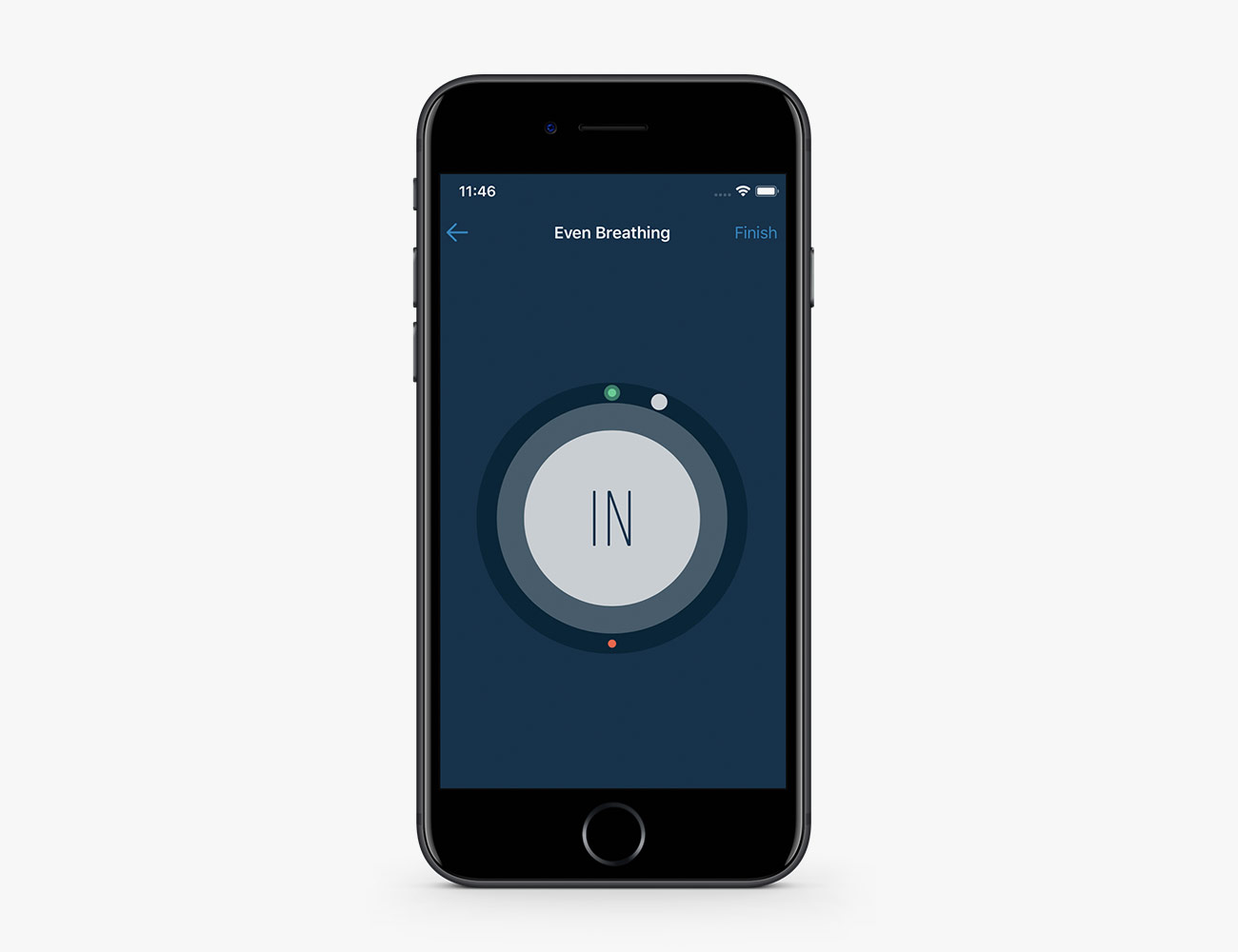

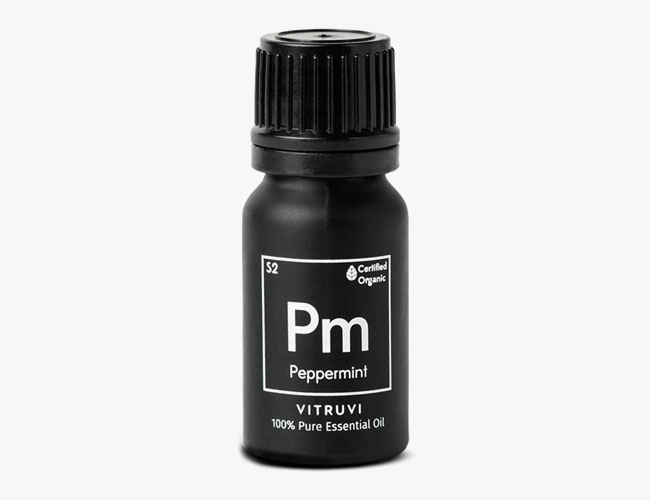
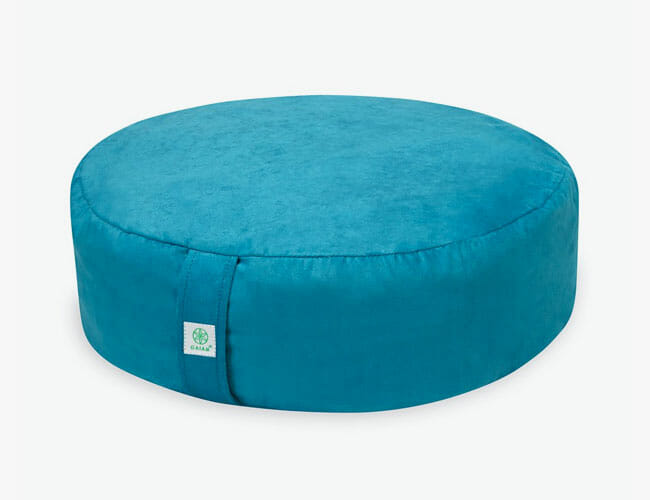
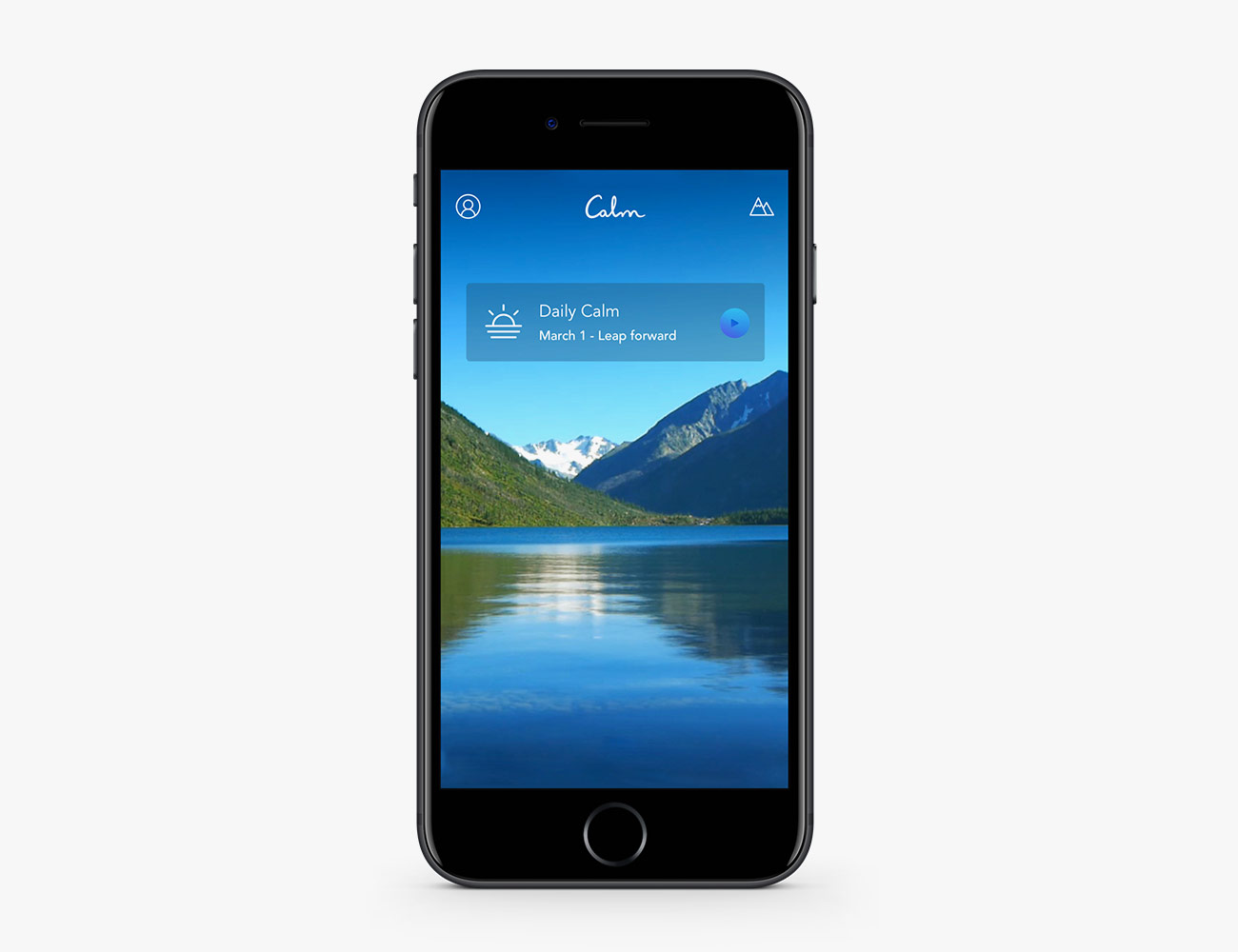
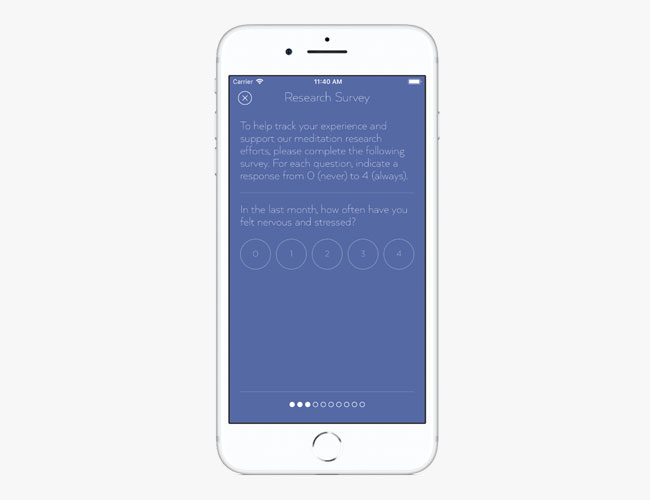
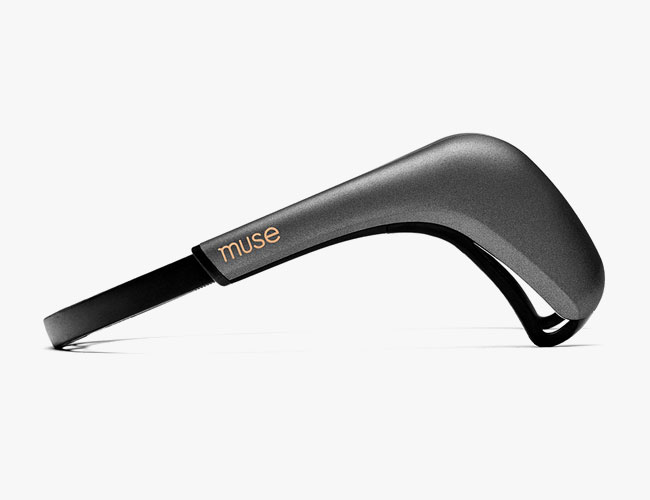
 >
>
